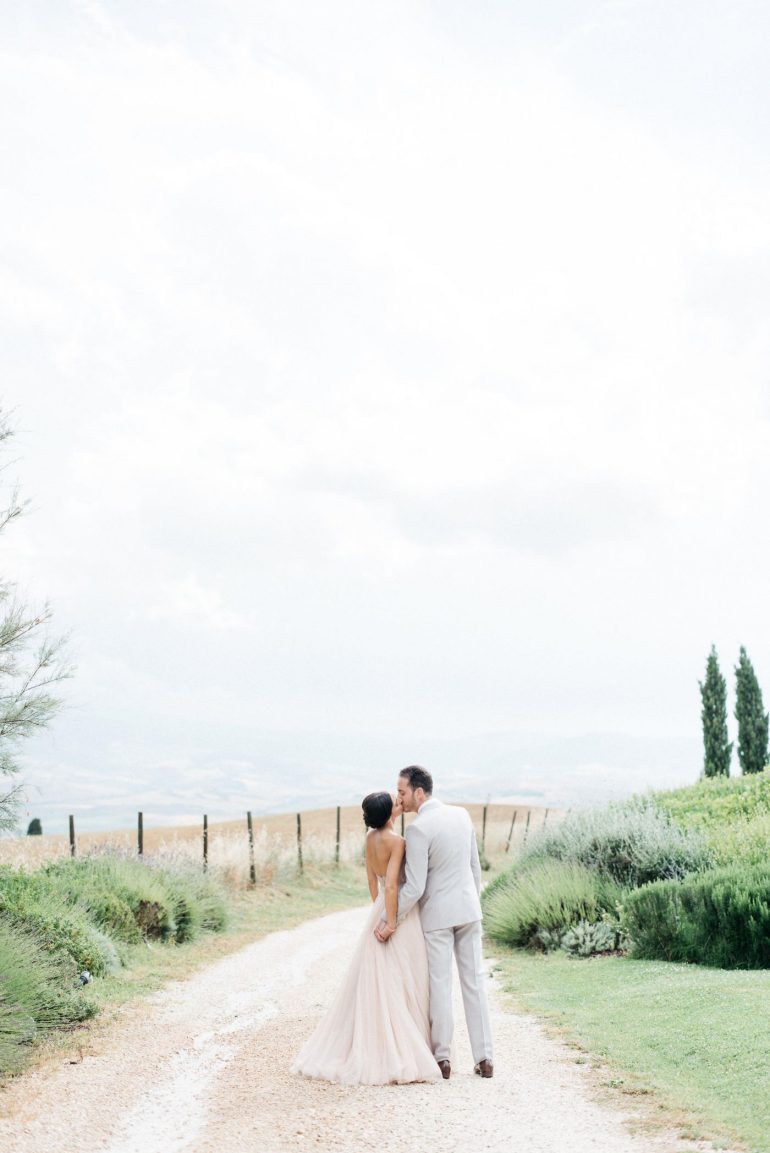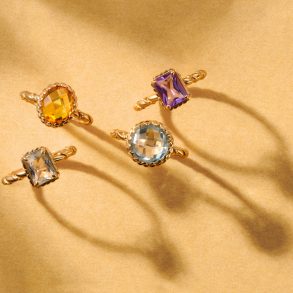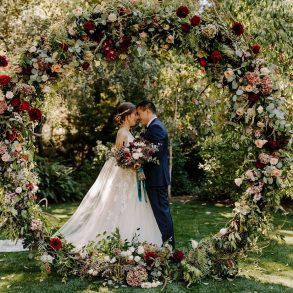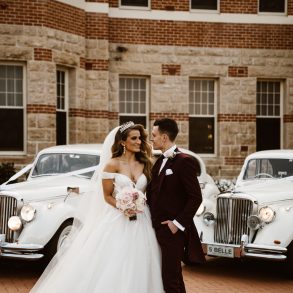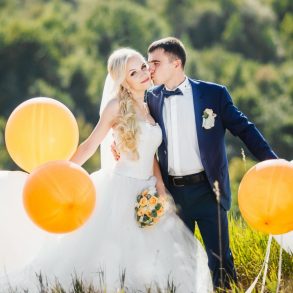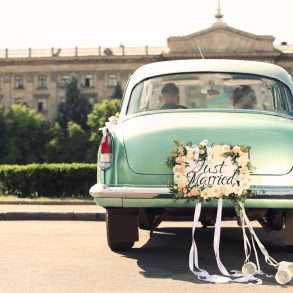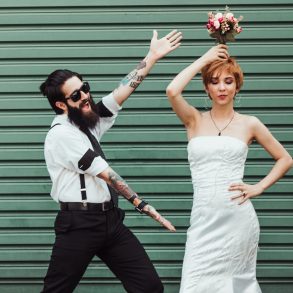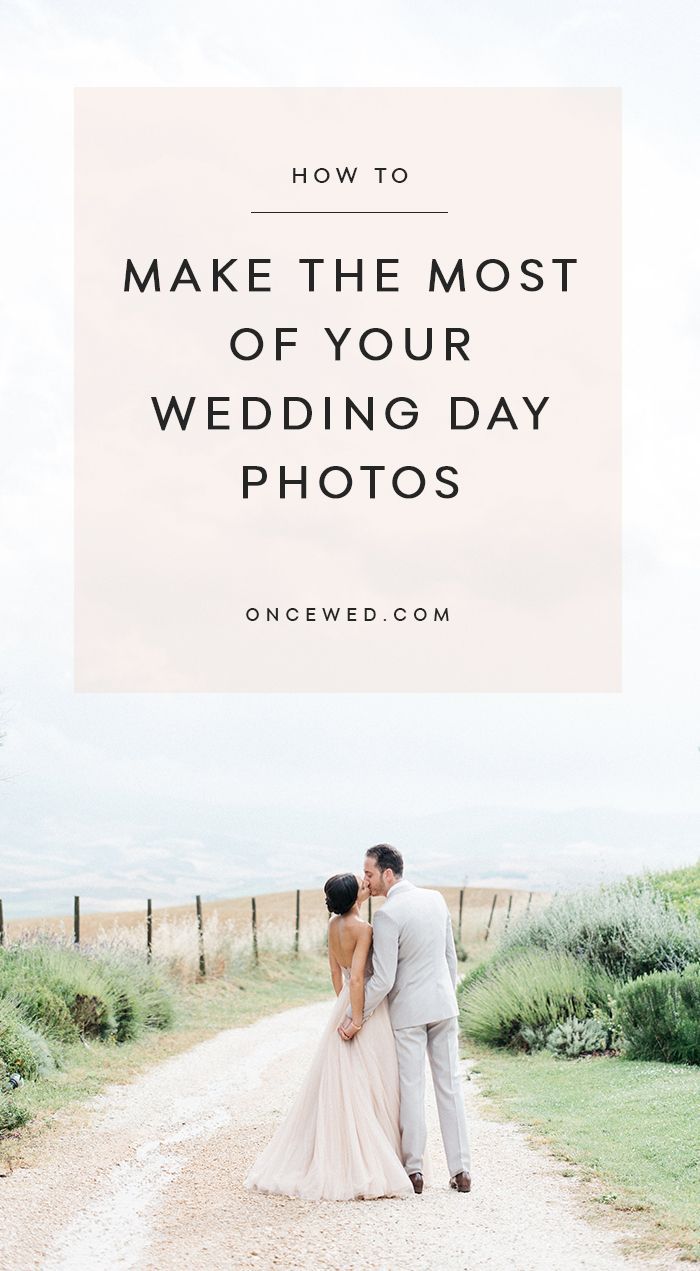
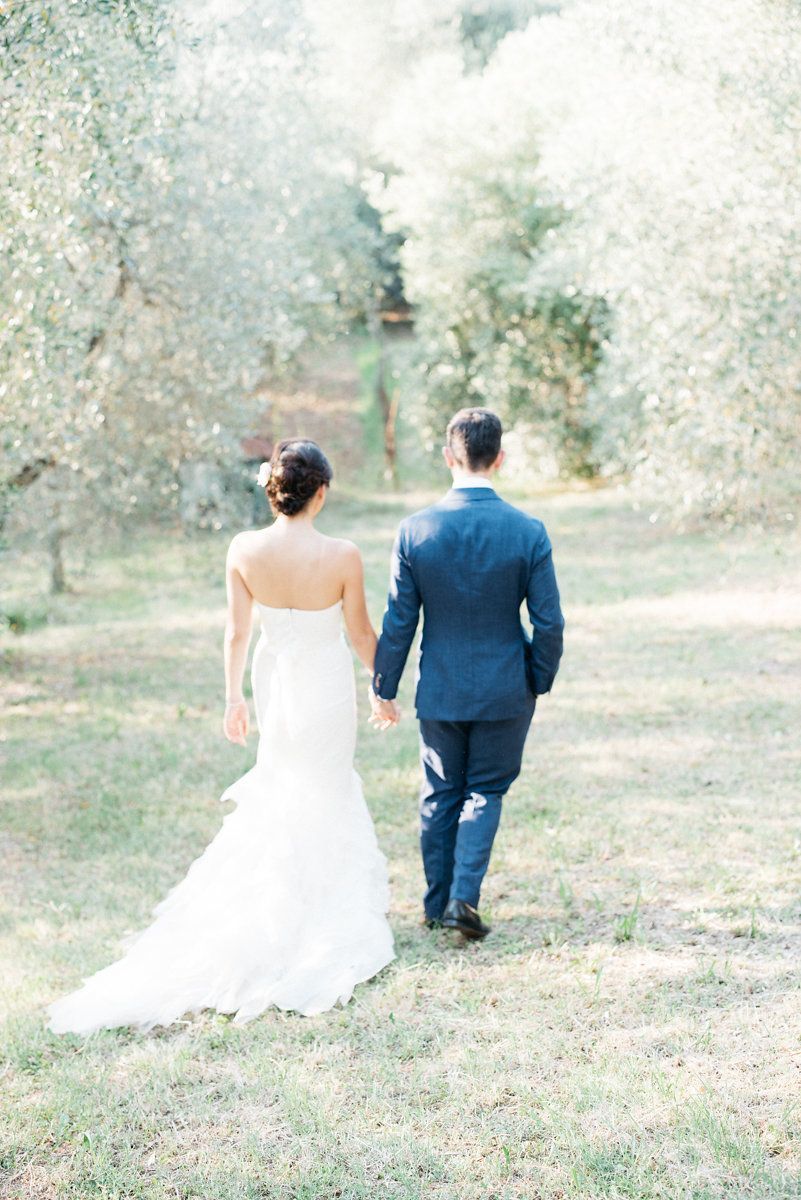
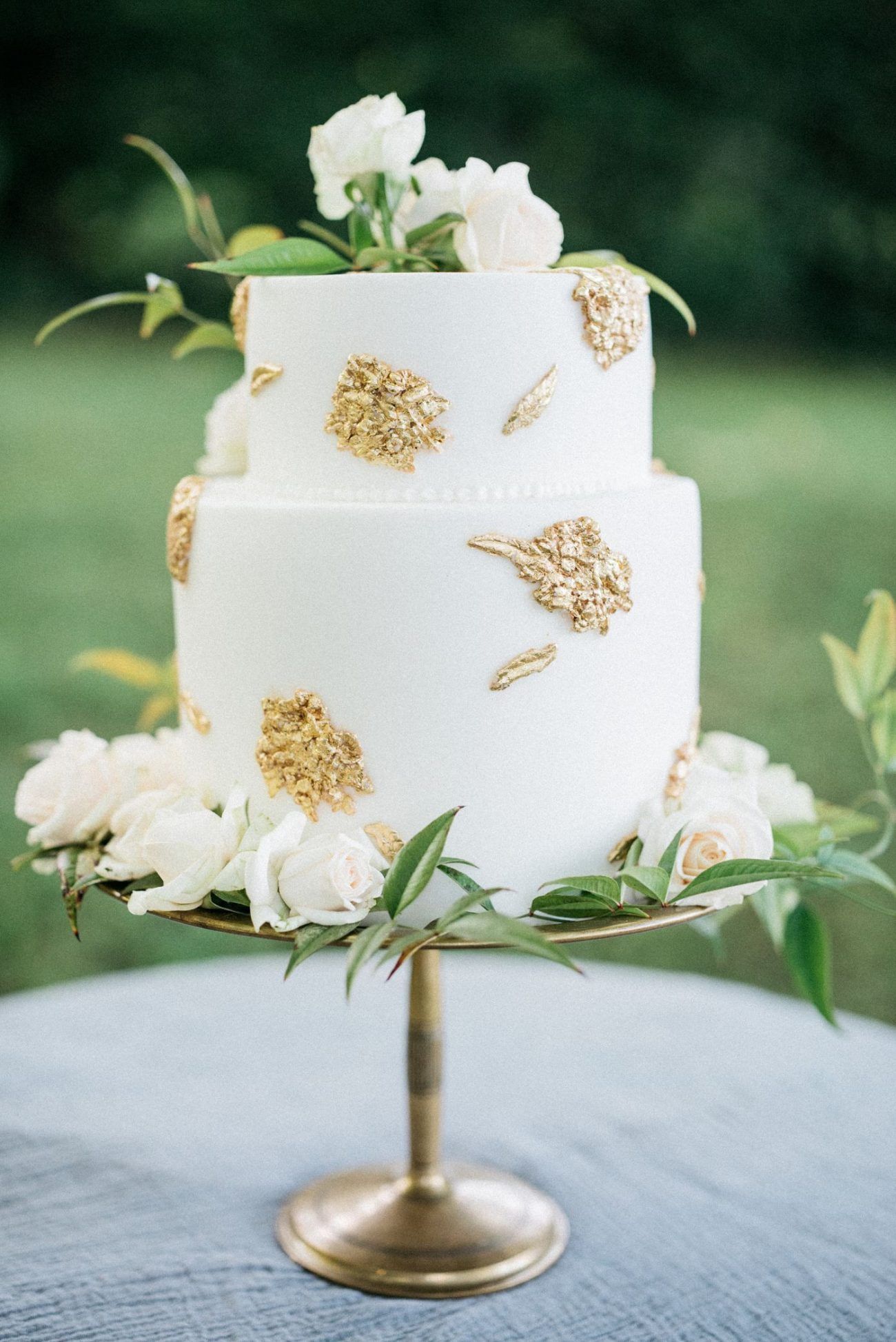
Every couple wants beautiful, timeless imagery capturing their wedding day. While selecting the right photographer will go a long way to ensuring this happens, there are also some important conversations you can have with your photographer, wedding planner, and stylist ahead of time. We asked photographer Kate Holstein to share her expertise on this subject with us.
In order to get the most out of your wedding photos, there are three key elements that should be considered by both the photographer and couple. These three simple things can make all the difference in creating timeless, elegant, and captivating photos.
Time of Day & Location:
Time of day and location are two of the most important considerations because they will determine the light; the key element to a beautiful photograph. Lighting is drastically different for indoor weddings versus outdoor weddings. Both can be captured beautifully, but it’s important to understand how to work with both.
For outdoor weddings, ceremonies and portrait sessions that occur later in the day, about 1-2 hours before sunset, have the most ideal lighting situations because the sun is lower in the sky creating softer and more flattering light. If you’re forced to have an outdoor ceremony in the middle of the day, consider doing it in open shade. That will be better for your photos and more pleasant for your guests who won’t have to squint in the midday sun.
For indoor weddings, I do everything I can to avoid using flash because I prefer a softer and more romantic look for a wedding. In order to avoid using flash, you have to focus on the spaces where natural light enters the room. Artificial light can create unflattering and challenging color casts/hues. When possible, I turn off all artificial sources of light and work only with the natural light that’s entering the room. Another consideration is wall colors and floor colors. Dark colors will absorb light and light colors will bounce and create more light.
This image seen above in the title was shot when the sun was still quite high in the sky, so I used open shade to create a softer and more romantic look.
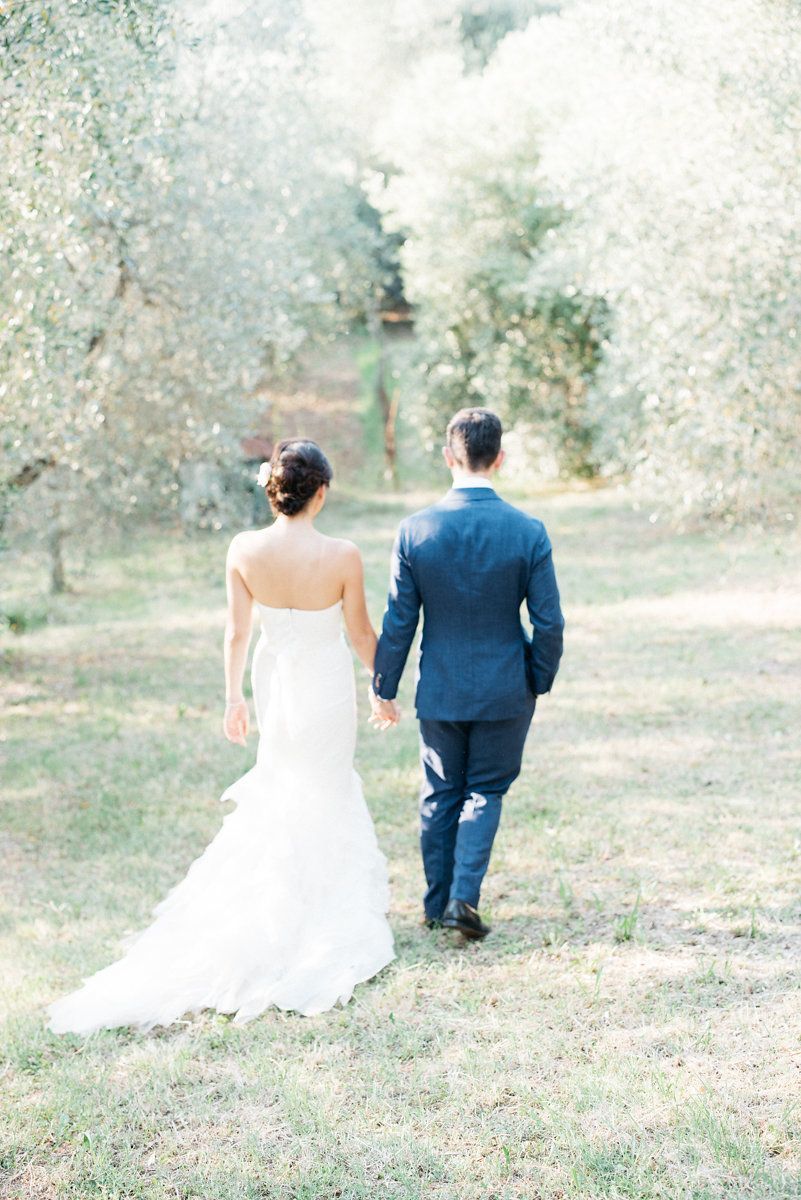

The Background:
Photographs with clean backgrounds are generally more aesthetically appealing than images with very busy backgrounds. A clean background enables the subject to pop and the eye to be drawn to what you really want to see without any distractions. Clean photographs also provoke a sense of serenity where as busy images can feel chaotic and almost stressful. Whether it’s the ceremony, portraits, or details, a clean backdrop can often make all the difference between a great photo and a not so great one. As the photographer, this should be the second consideration after light. Often time you’ll need to take things away to clean up a background, or move the subject(s) to a cleaner space.
In the first image – I had the couple walk over to an open olive grove where I knew I could blur the background and have no distracting elements so that the focus could be on the couple walking. The second image is a detail shot of an engagement ring where again, there is nothing distracting behind the ring so that our eyes can focus on the beautiful details of the jewelry itself.
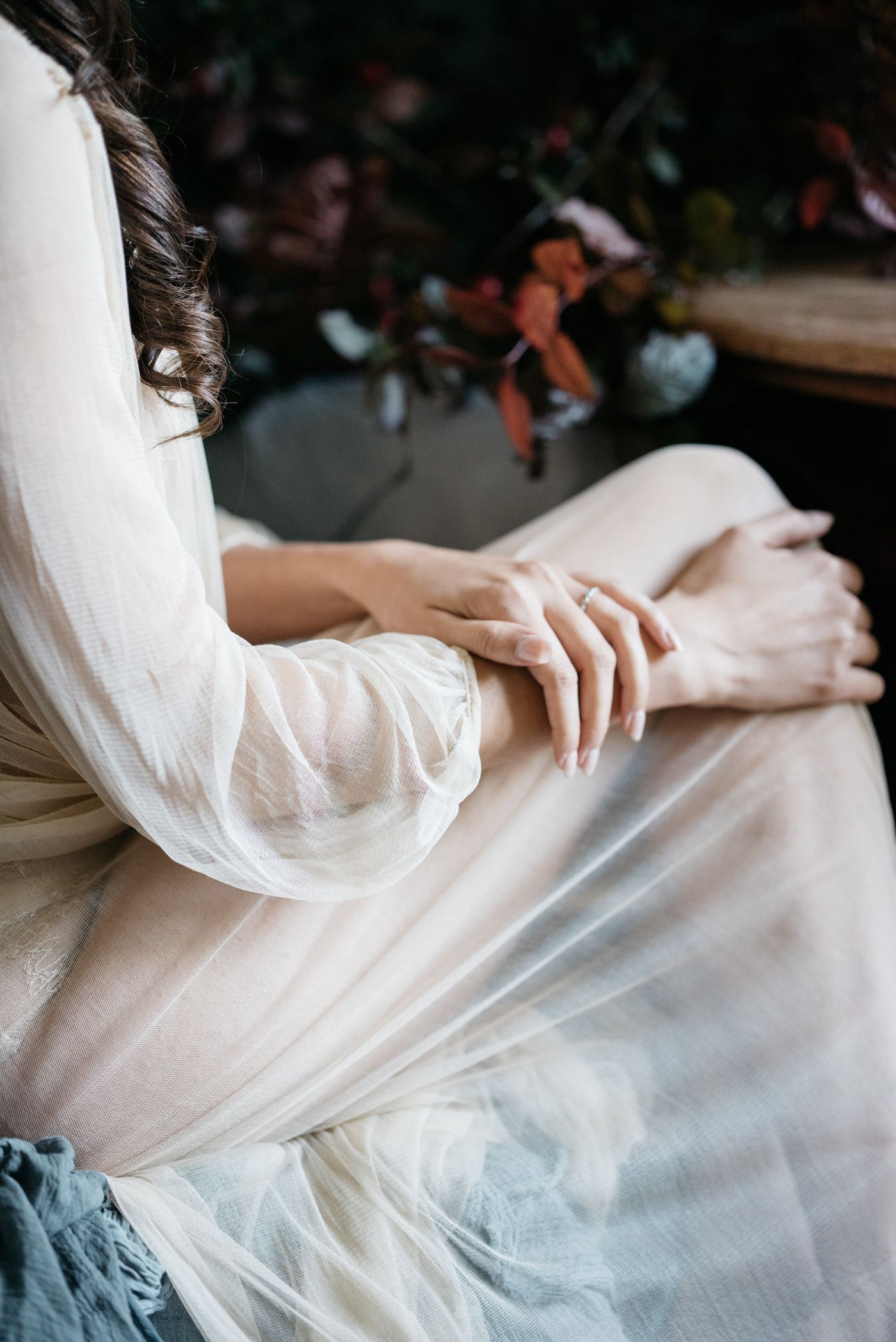
Body Language:
There are very subtle ways in which our body language can strongly communicate how we feel. The clench of a fist versus relaxed fingers can completely change the mood and feel of a photograph. It’s important for both the photographer and the subject to understand this. If the subject is relaxed, that will shine through in their body language and the photo will have a more joyful, loving, and present feel to it. When the subject is tense, the photographer should guide the subject to feel more comfortable by giving specific cues as to what body parts to relax and how to move. Movement can be very helpful in getting the body to be more fluid and less tense. Here are some verbal cues I’ve found helpful:
‘Relax the hands, soften the fingers, soften the jaw, close the eyes then slowly open them, giggle, gently part the lips, look through (not at) the camera, breathe deeply into the belly, lift the head, draw the elbow back’
Positive cues and encouragement are always better than negative cues. It’s generally better to tell your subject what you want them to do and avoid saying anything about what you don’t want them to do.
In the first image you can see how the relaxed, long, elegant fingers portray a sense of calmness. In the second image below, I told the subject to draw her elbow back and lift through the heart to create good posture and a more flattering angle for the body.
Click here for more wedding day photography tips.

Article by: Kate Holstein

